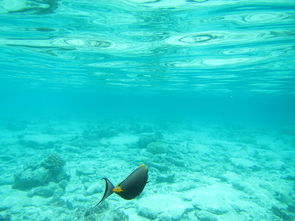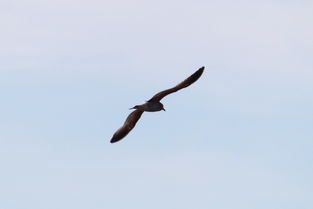The Art of Fishing: Deciphering Baitfish Movements for Success
Fishing, an ancient pastime that has been cherished by generations, is not just about casting a line into the water and waiting for a bite. It is an art form that requires patience, skill, and a keen understanding of the natural world. One of the most crucial aspects of fishing is the ability to interpret baitfish movements, commonly referred to as "baitfish movements" or "baitfish behavior." This article delves into the world of fishing techniques and offers insights on how to read the subtle cues provided by baitfish, which can be the difference between a successful day on the water and a frustrating one.
Understanding the Basics of Baitfish Movements
Before we delve into the specifics of interpreting baitfish movements, it's essential to understand what they are. Baitfish movements refer to the way in which small fish, such as shad, minnows, or bluegill, behave in the water. These movements are influenced by various factors, including feeding habits, environmental conditions, and the presence of predators.
The Importance of Baitfish Movements
Baitfish movements are crucial for anglers because they often indicate the location and activity level of larger fish. Predatory fish, such as bass, pike, and trout, often follow the movements of baitfish, using them as a food source. By understanding these movements, anglers can predict where and when to cast their lines for the best chance of a catch.
Key Factors to Consider When Observing Baitfish Movements
Speed and Direction: The speed and direction of baitfish movements can provide valuable information. For instance, fast, erratic movements may indicate that the baitfish are being chased by predators, while slow, methodical movements could suggest that the baitfish are actively feeding.
Surface Activity: Pay close attention to the surface of the water. Baitfish may jump, dart, or create ripples as they feed or escape predators. These surface activities can be a clear sign that larger fish are nearby.
Water Conditions: The clarity and temperature of the water can also influence baitfish movements. In clear, warm water, baitfish may be more active and visible, making them easier to spot and interpret.
Seasonal Changes: Baitfish movements can vary with the seasons. During spring, for example, baitfish may be more active as they seek to spawn, while in winter, they may be less active and more difficult to spot.
Techniques for Interpreting Baitfish Movements
Use of a High-Quality Rod and Reel: A good rod and reel are essential for detecting subtle movements in the line. A sensitive rod can help you feel even the lightest taps, while a smooth-running reel ensures that you can react quickly to any bite.
Observe from a Distance: Position yourself at a distance from the water to avoid spooking the fish. This allows you to observe baitfish movements without interference.
Use of a Fishfinder: A fishfinder can be a valuable tool for detecting the presence of baitfish and larger fish. It can provide a visual representation of the underwater environment, making it easier to interpret baitfish movements.

Practice Patience: Interpreting baitfish movements requires patience. Take your time to observe and analyze the behavior of the baitfish before making any decisions.
Common Baitfish Movements and Their Meanings
Schooling: Baitfish often school together for protection. If you see a school of baitfish, it may indicate that larger fish are nearby.
Jumping: Baitfish may jump out of the water to escape predators. This behavior can signal that there is an abundance of food in the area.
Ripples: Ripples on the surface of the water can indicate that baitfish are feeding or being chased by predators.
Sudden Movements: Sudden, erratic movements of baitfish may suggest that they are being chased by a predator.
Conclusion
Interpreting baitfish movements is a skill that takes time to develop, but it can significantly improve your chances of success on the water. By understanding the basics of baitfish behavior, observing key factors, and using the right techniques, you can become a more skilled angler. Remember, fishing is not just about catching fish; it's about understanding and appreciating the natural world around us. With practice and patience, you'll be well on your way to mastering the art of fishing and decoding the language of the baitfish.












